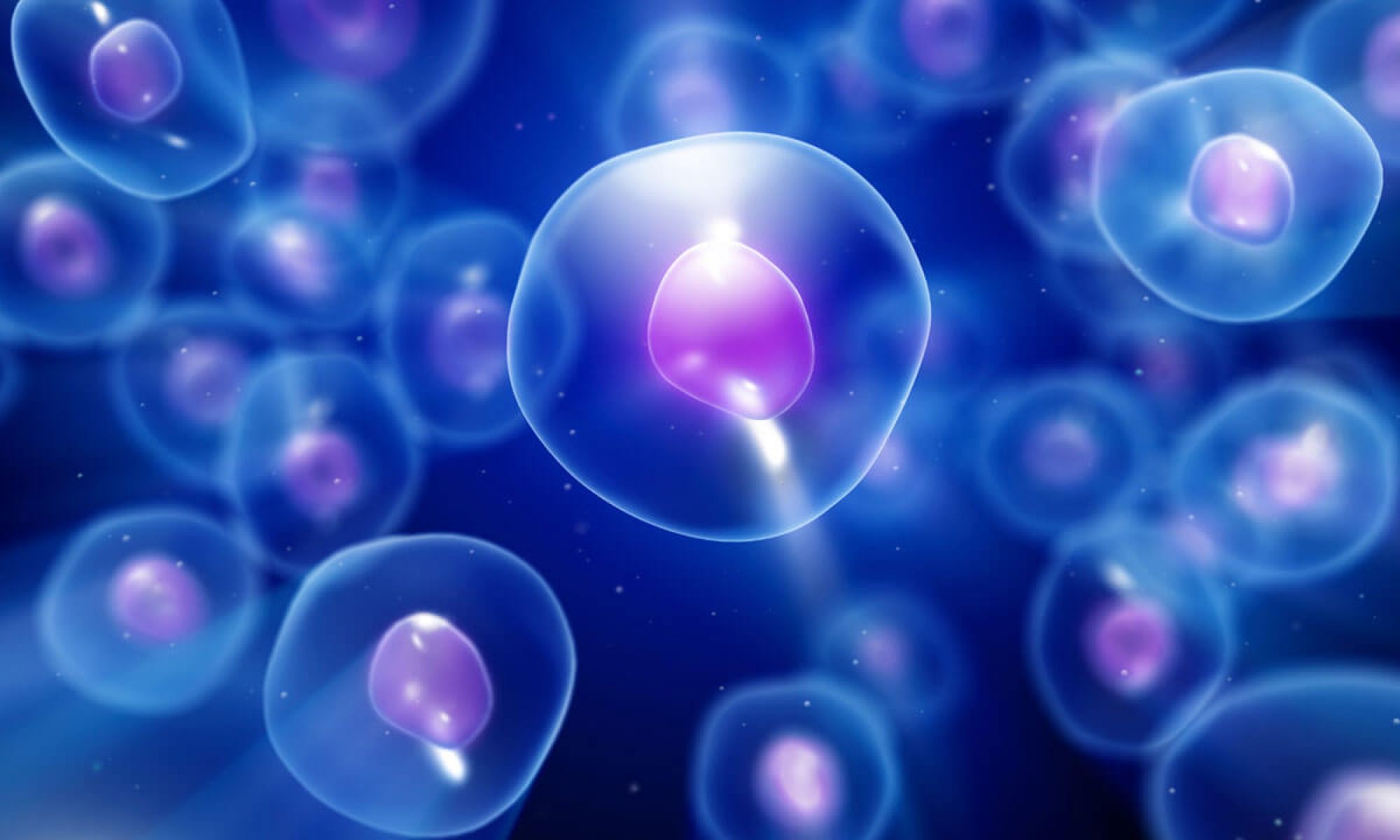An adult stem cell is thought to be an undifferentiated cell, found among differentiated cells in a tissue or organ that can renew itself and can differentiate to yield some or all of the major specialized cell types of the tissue or organ.
The primary roles of adult stem cells in a living organism are to maintain and repair the tissue in which they are found.
Scientists also use the term somatic stem cell instead of adult stem cell, where somatic refers to cells of the body (not the germ cells, sperm or eggs). Unlike embryonic stem cells, which are defined by their origin (the inner cell mass of the blastocyst), the origin of adult stem cells in some mature tissues is still under investigation.
Research on adult stem cells has generated a great deal of excitement. Scientists have found adult stem cells in many more tissues than they once thought possible. This finding has led researchers and clinicians to ask whether adult stem cells could be used for transplants.
In fact, adult hematopoietic, or blood-forming, stem cells from bone marrow have been used in transplants for 40 years.
Scientists now have evidence that stem cells exist in the brain and the heart. If the differentiation of adult stem cells can be controlled in the laboratory, these cells may become the basis of transplantation-based therapies.
The history of research on adult stem cells began about 50 years ago. In the 1950s, researchers discovered that the bone marrow contains at least two kinds of stem cells. One population, called hematopoietic stem cells, forms all the types of blood cells in the body. A second population, called bone marrow stromal stem cells (also called mesenchymal stem cells, or skeletal stem cells by some), were discovered a few years later. These non-hematopoietic stem cells make up a small proportion of the stromal cell population in the bone marrow, and can generate bone, cartilage, fat, cells that support the formation of blood, and fibrous connective tissue.
In the 1960s, scientists who were studying rats discovered two regions of the brain that contained dividing cells that ultimately become nerve cells. Despite these reports, most scientists believed that the adult brain could not generate new nerve cells. It was not until the 1990s that scientists agreed that the adult brain does contain stem cells that are able to generate the brain’s three major cell types—astrocytes and oligodendrocytes, which are non-neuronal cells, and neurons, or nerve cells.
Where are adult stem cells found, and what do they normally do?
Adult stem cells have been identified in many organs and tissues, including brain, bone marrow, peripheral blood, blood vessels, skeletal muscle, skin, teeth, heart, gut, liver, ovarian epithelium, and testis. They are thought to reside in a specific area of each tissue (called a “stem cell niche”).
In many tissues, current evidence suggests that some types of stem cells are pericytes, cells that compose the outermost layer of small blood vessels. Stem cells may remain quiescent (non-dividing) for long periods of time until they are activated by a normal need for more cells to maintain tissues, or by disease or tissue injury.
Typically, there is a very small number of stem cells in each tissue, and once removed from the body, their capacity to divide is limited, making generation of large quantities of stem cells difficult. Scientists in many laboratories are trying to find better ways to grow large quantities of adult stem cells in cell culture and to manipulate them to generate specific cell types so they can be used to treat injury or disease.
Some examples of potential treatments include regenerating bone using cells derived from bone marrow stroma, developing insulin-producing cells for type 1 diabetes, and repairing damaged heart muscle following a heart attack with cardiac muscle cells.
What tests are used for identifying adult stem cells?
Scientists often use one or more of the following methods to identify adult stem cells: (1) label the cells in a living tissue with molecular markers and then determine the specialized cell types they generate; (2) remove the cells from a living animal, label them in cell culture, and transplant them back into another animal to determine whether the cells replace (or “repopulate”) their tissue of origin. Importantly, it must be demonstrated that a single adult stem cell can generate a line of genetically identical cells that then gives rise to all the appropriate differentiated cell types of the tissue. To confirm experimentally that a putative adult stem cell is indeed a stem cell, scientists tend to show either that the cell can give rise to these genetically identical cells in culture, and/or that a purified population of these candidate stem cells can repopulate or reform the tissue after transplant into an animal.
What are the key questions about adult stem cells?
Many important questions about adult stem cells remain to be answered. They include:
* How many kinds of adult stem cells exist, and in which tissues do they exist?
* How do adult stem cells evolve during development and how are they maintained in the adult? Are they “leftover” embryonic stem cells, or do they arise in some other way?
* Why do stem cells remain in an undifferentiated state when all the cells around them have differentiated? What are the characteristics of their “niche” that controls their behavior?
* Do adult stem cells have the capacity to transdifferentiate, and is it possible to control this process to improve its reliability and efficiency?
* If the beneficial effect of adult stem cell transplantation is a trophic effect, what are the mechanisms? Is donor cell-recipient cell contact required, secretion of factors by the donor cell, or both?
* What are the factors that control adult stem cell proliferation and differentiation?
* What are the factors that stimulate stem cells to relocate to sites of injury or damage, and how can this process be enhanced for better healing?
